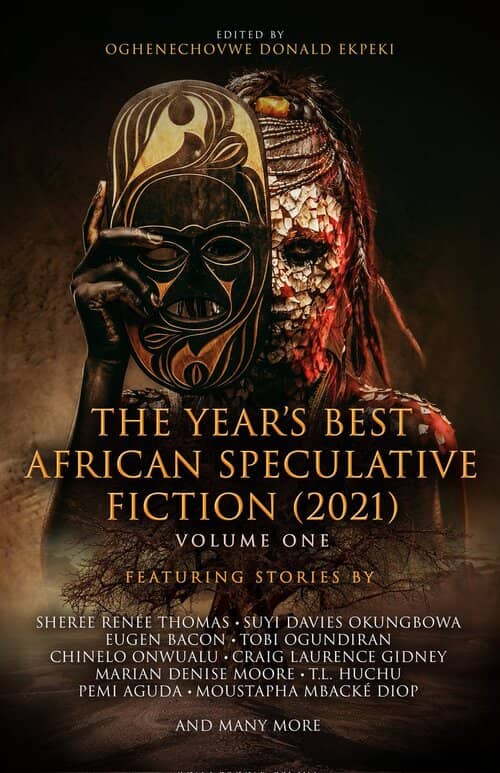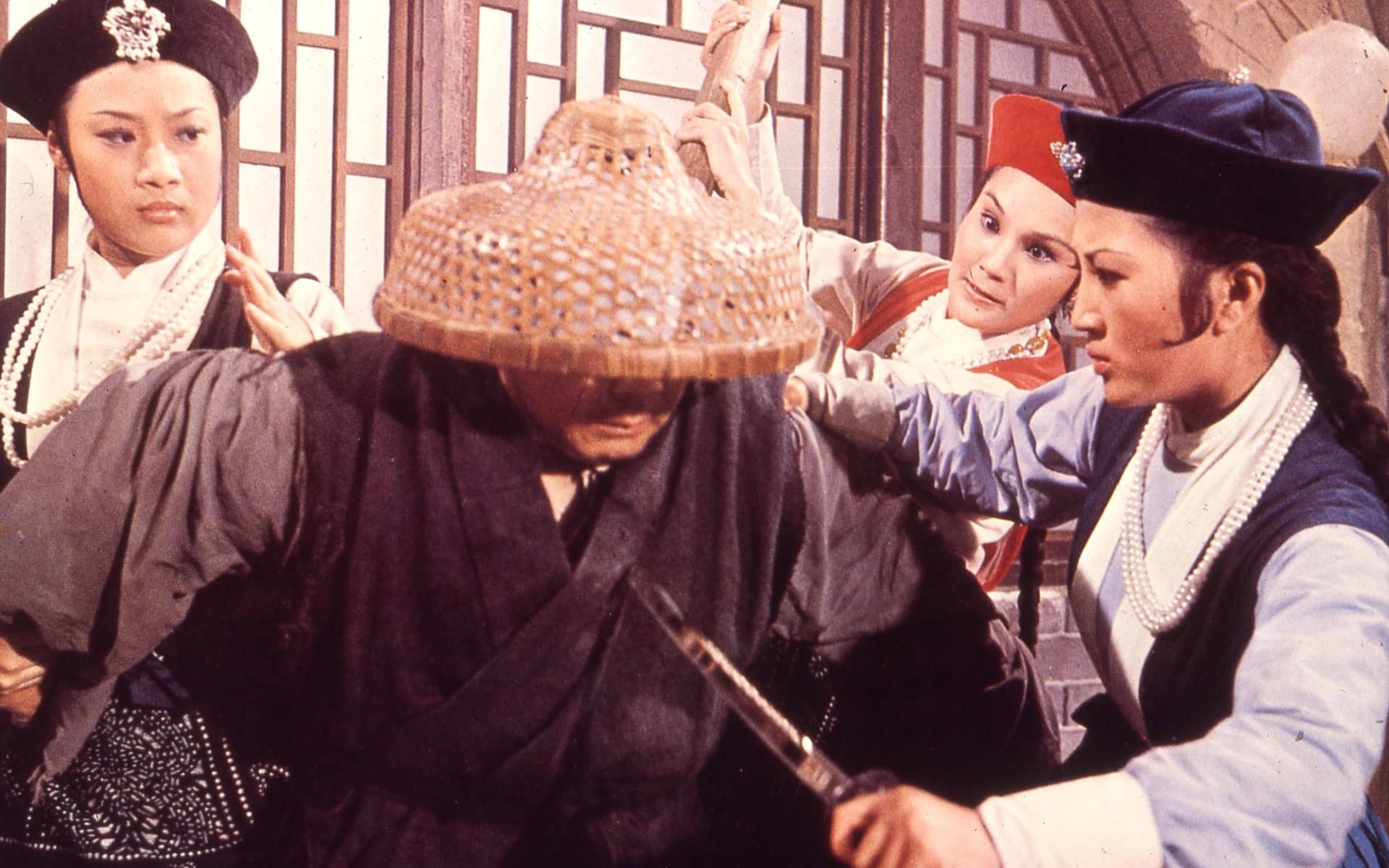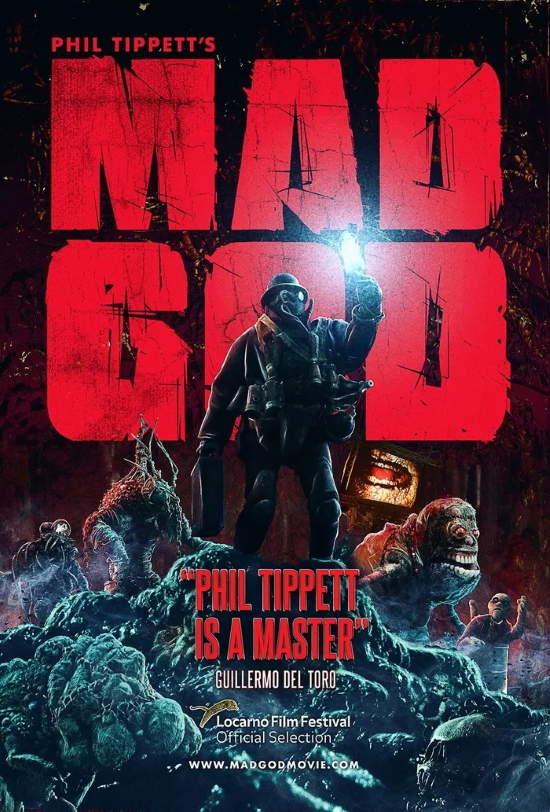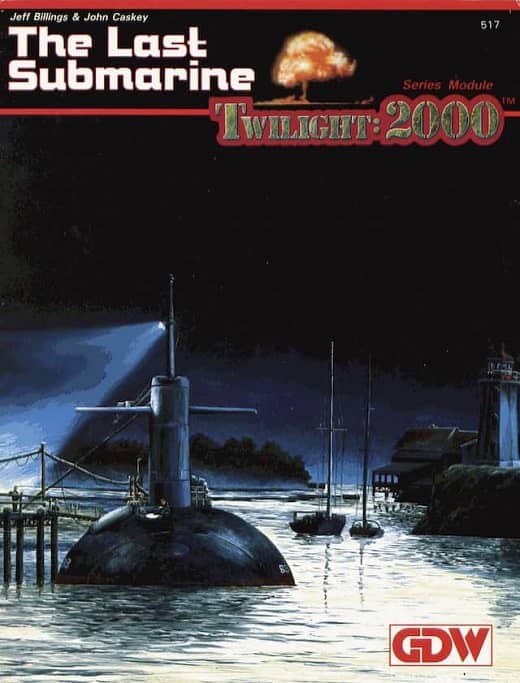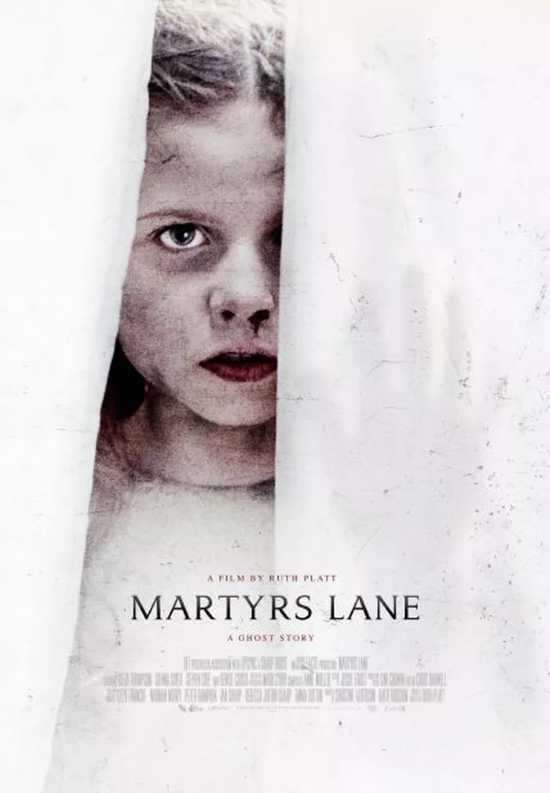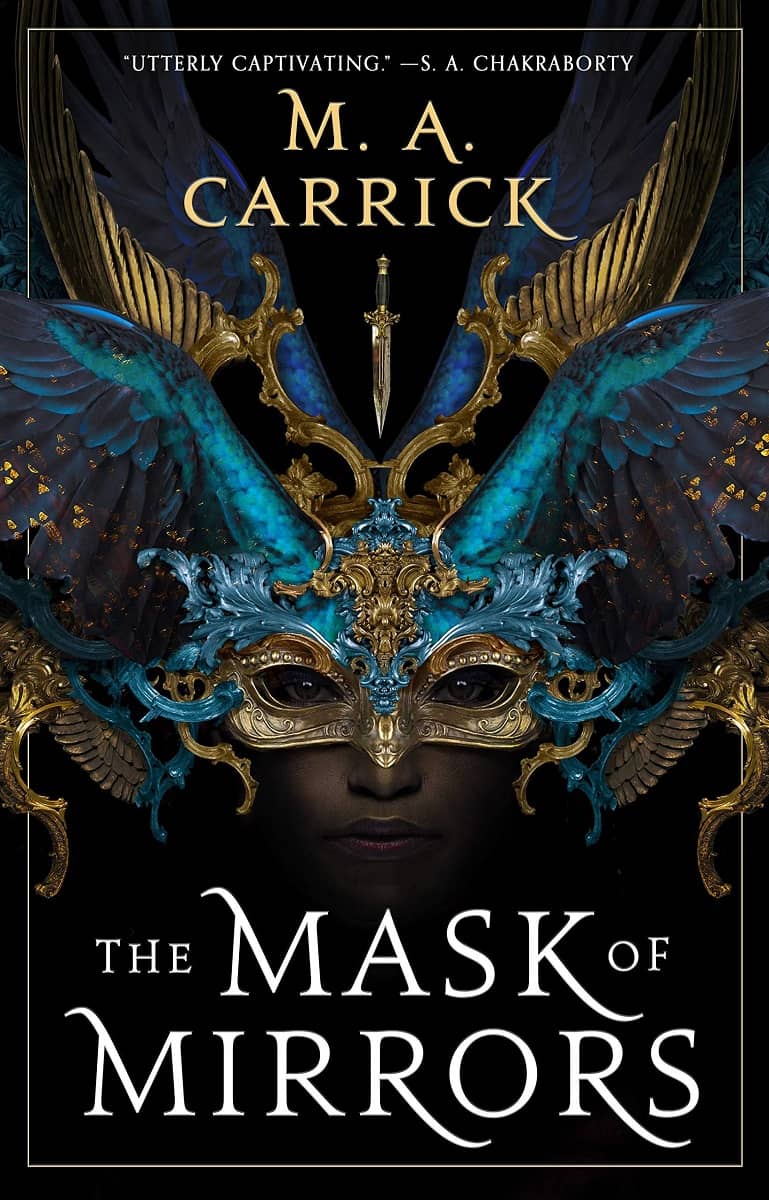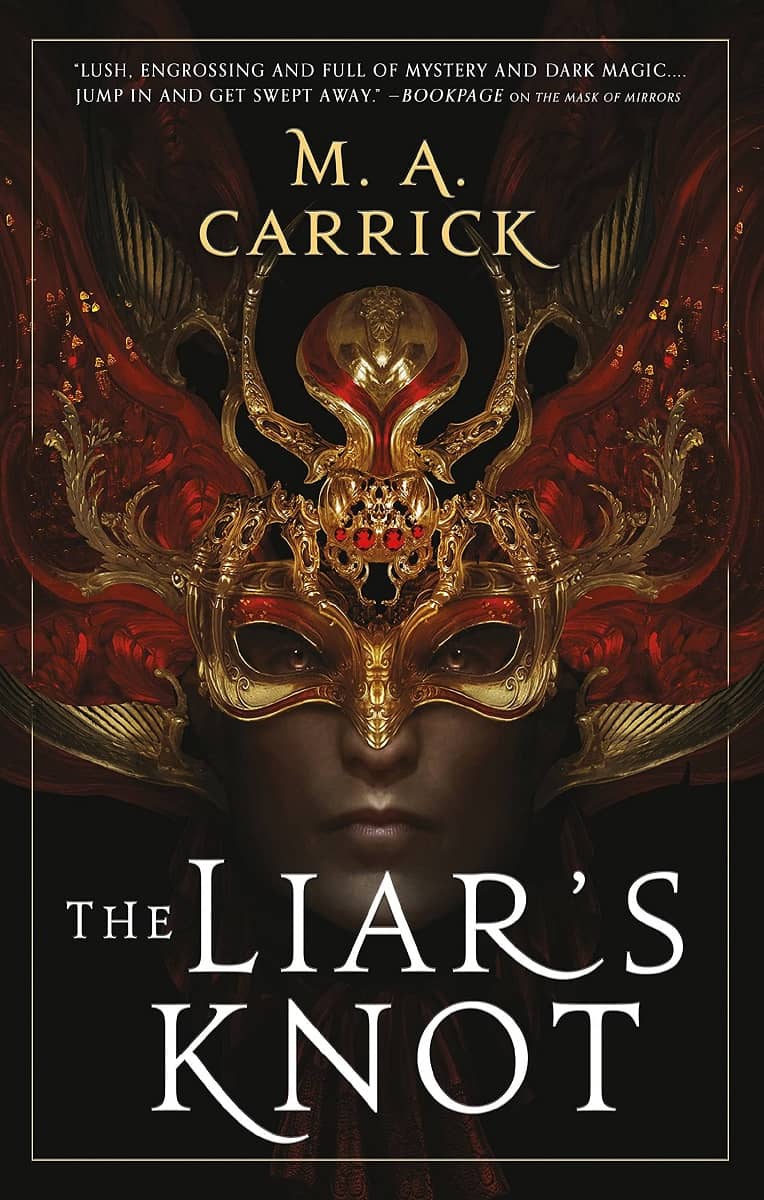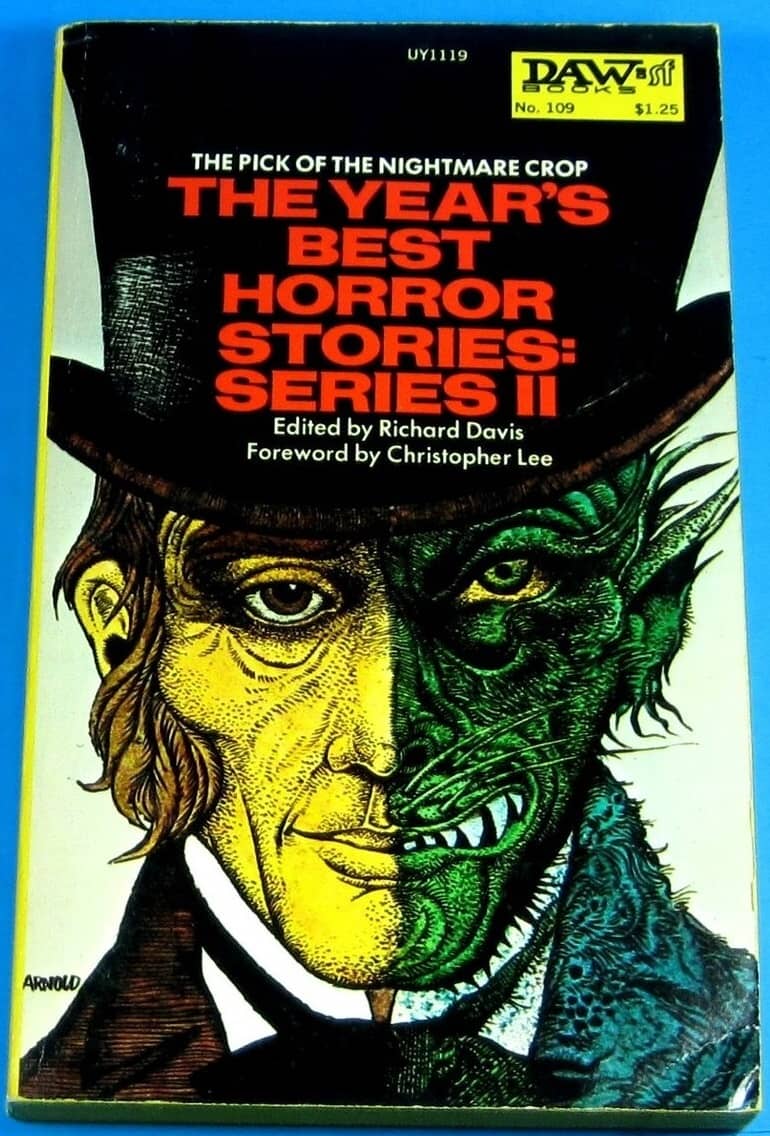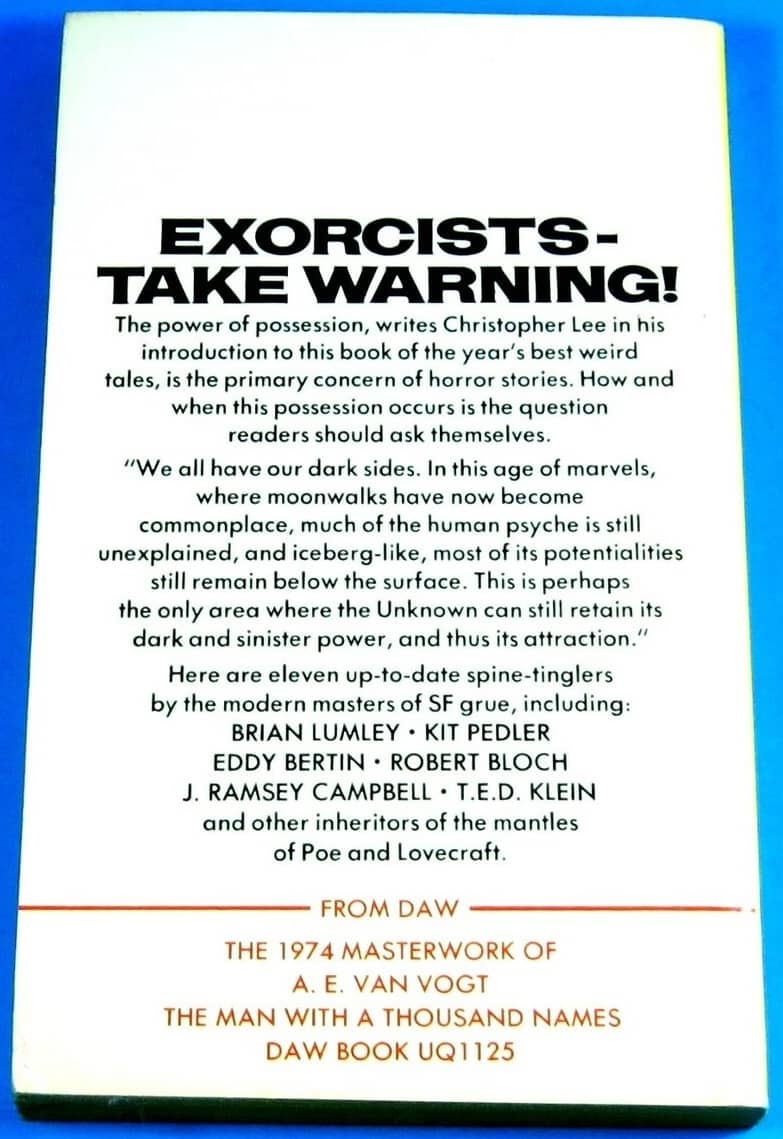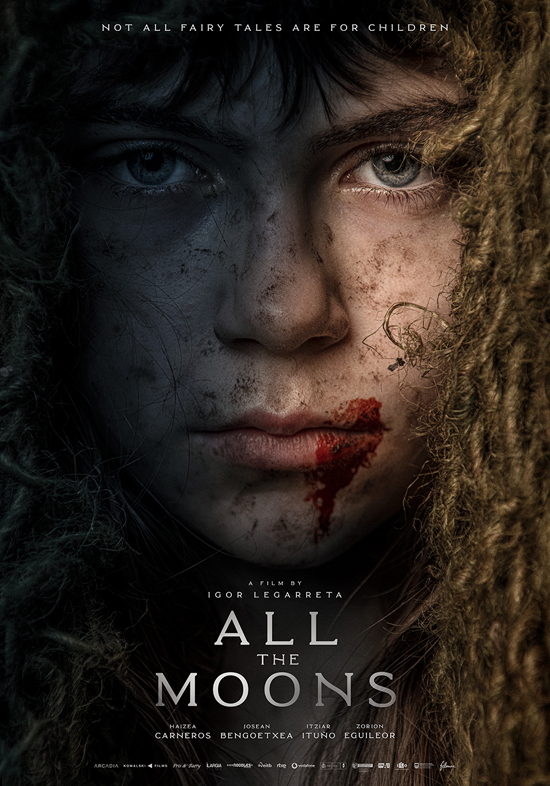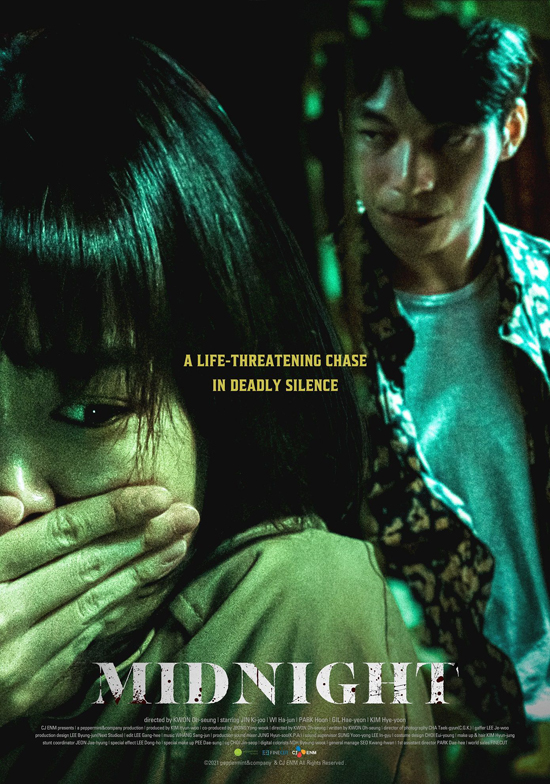 Midnight (미드나이트, Mi-deu-nai-teu) is a suspense thriller from Korea that revolves around Kyung-mi (Ki-joo Jin), a young deaf woman who, one night on her way to meet her mother (Hae-yeon Kil), comes across a grievously wounded woman named So-jung (Kim Hye-Yoon). So-jung’s been attacked by a maniacal serial killer, Do-sik (Wi Ha-Joon, Squid Game), who now sees Kyung-mi and selects her as his next victim. Meanwhile, So-jung’s frantic brother (Park Hoon) is desperately trying to find his sister. Whether he’ll be able to help the women is unclear; Do-sik’s crafty, daring, and manipulative. But Kyung-mi’s resourceful herself.
Midnight (미드나이트, Mi-deu-nai-teu) is a suspense thriller from Korea that revolves around Kyung-mi (Ki-joo Jin), a young deaf woman who, one night on her way to meet her mother (Hae-yeon Kil), comes across a grievously wounded woman named So-jung (Kim Hye-Yoon). So-jung’s been attacked by a maniacal serial killer, Do-sik (Wi Ha-Joon, Squid Game), who now sees Kyung-mi and selects her as his next victim. Meanwhile, So-jung’s frantic brother (Park Hoon) is desperately trying to find his sister. Whether he’ll be able to help the women is unclear; Do-sik’s crafty, daring, and manipulative. But Kyung-mi’s resourceful herself.
Writter-director Oh-Seung Kwon presents a Hitchcockian story in which an unsuspecting and basically innocent person finds themself isolated from society by a scheming, ruthless murderer. There are scenes with security officers that demonstrate how adept Do-sik is at using the system and turning it against itself; there’s no help for Kyung-mi from that quarter. Involving the police, or indeed any outside source, just gives Do-sik more tools to use.
The film unfolds over the course of a single night, not quite in real time, and the lack of any major temporal jumping-forward emphasises the remorselessness of events. If things are sometimes convenient for the plot, as can be the case in Hitchcockian thrillers, then having everything take place in one stretch of time helps: Do-sik doesn’t need to come up with permanent con games, he just needs to keep people busy and set things up so he can do what he wants. The background of night in a big city works as well; the cityscapes are mostly empty, streets unpopulated. I don’t know how much of a part budget concerns played in the lack of extras, but it’s effective in building the sense of isolation. There’s nobody to help, nobody to see violence play out. Only quiet houses and deserted streets.
…
Read More Read More
